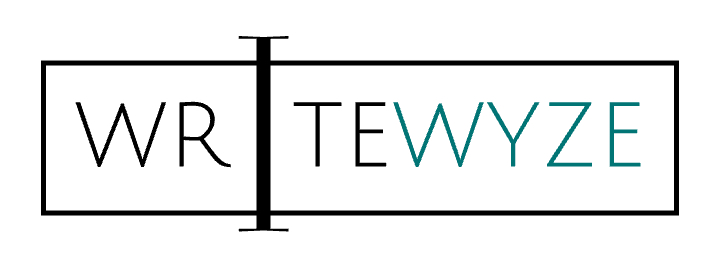
Founder-led branding is one of the strongest levers a company can pull. A founder’s perspective, conviction, and voice carry more weight than any corporate message ever could. Done right, it cuts through the noise, builds trust, and creates an unfair advantage.
But here’s the uncomfortable truth: most founder-led branding efforts fail. They don’t collapse because the founder lacks vision or ideas. They fail because of recurring patterns that quietly erode credibility, consistency, and voice.
We’ve seen it happen in both early-stage startups and fast-scaling companies. Founders start with energy and intention, convinced that showing up in the market will fuel authority. Six months later, their channels fall silent. Or their message is watered down to the point of blending into the crowd. Momentum lost. Trust weakened. The founder’s voice; once a strength, becomes a missed opportunity.
So why does this happen? And more importantly, how do you build a founder-led brand that sticks?
The 3 failure patterns of founder branding
1. Inconsistency kills authority
One quarter, the founder is everywhere; podcasts, guest posts, interviews. The next quarter, silence. The market forgets quickly. Authority fades when presence is unpredictable. Inconsistency slows momentum and signals unreliability. Authority is built through rhythm that audiences can count on.
2. Playing it too safe
Many founders sand down the edges of their ideas to sound “professional.” The result is predictable, forgettable content. But authority is earned by taking positions, not by echoing consensus. It’s the contrarian perspective, the strong stance, the “this is what everyone else gets wrong” moment that makes audiences lean in. When founders mute their voice to avoid discomfort, they lose the very spark that could set them apart.
3. Outsourcing the voice
This is the most dangerous mistake. A team can edit, polish, and distribute. But when the founder steps out of the process entirely, the content loses its edge. The market can tell when the words don’t carry the founder’s conviction. Authority can be supported by a team, but it cannot be delegated. A founder’s perspective is not interchangeable. When the voice is ghosted beyond recognition, credibility suffers.
The antidote: A smarter system for founder branding
The good news is founders don’t need to become full-time creators to avoid these traps. What they need is a system: one that protects authenticity, sustains consistency, and makes the founder’s perspective scalable.
Here’s what works:
Anchor the POV
Authority starts with clarity. Document the founder’s core beliefs, non-negotiables, and sharp takes in a simple, living reference. This becomes the north star for every article, LinkedIn post, or keynote. Anchoring the POV ensures the founder’s DNA runs through every piece of communication without needing the founder to be present at every step.
Separate voice from volume
Founders should spark ideas, not carry the burden of production. The raw voice can be captured through short calls, voice notes, or quick Slack messages. A strong system turns those fragments into full-scale content: articles, threads, talks, and more. Founder input might be 30 minutes, but the output fuels weeks of authority-building material.
Commit to a cadence
Authority compounds over time. It’s not about how much content is created in a single burst, but how reliably the founder’s perspective shows up in the market. Weekly, bi-weekly, or monthly, the frequency matters less than the consistency. Audiences learn to expect your presence, and that expectation builds familiarity and trust.
Keep a pulse check
Markets shift. Founders evolve. What felt sharp a year ago can drift into generic if not revisited. A quarterly check-in; asking, “Does this still sound like me?”, keeps the content honest, current, and aligned with the founder’s voice. Without this, even the best system risks becoming stale.
Why this works
Founder-led branding succeeds when authenticity meets structure. The founder’s unique perspective supplies the spark. The system ensures scale. One without the other leads to failure. Together, they create a flywheel: minimal input, maximum trust.
At Writewyze, we call this the SME-lite framework: minimal founder time, maximum founder voice. It’s how we help founders stay present in the market without burning out or diluting their authority.
The takeaway
Most founder-led branding fails because it’s ad hoc, watered down, or overly outsourced. But that doesn’t have to be the outcome. With the right system, founders can build authority that’s consistent, sharp, and unmistakably authentic.
If you’re serious about making founder-led authority a growth lever for your business, don’t wait until the momentum fades.
Connect with our experts to see how we help founders avoid these traps with our SME-lite framework
